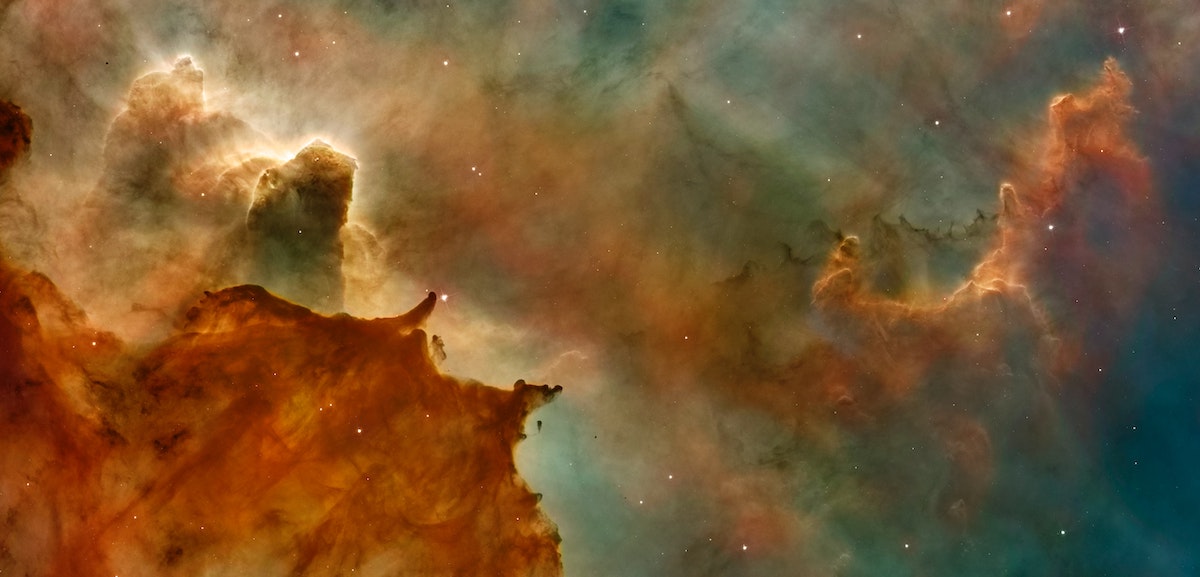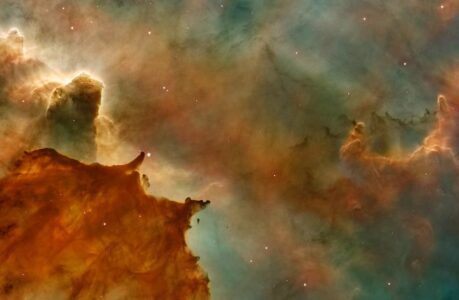Nebula, a beautiful and mysterious celestial phenomenon, has captivated the hearts of stargazers for centuries. Nebula is a cloud of dust, gas, and plasma that can be found in interstellar space. The term “nebula” comes from the Latin word “nebula,” meaning “cloud.” There are many different types of nebula, each with its own unique features and characteristics.
One of the most common types of nebula is the emission nebula, which glows due to the emission of light from excited hydrogen atoms. Another type of nebula is the reflection nebula, which reflects light from nearby stars. Dark nebula, as the name suggests, is a cloud of dust and gas that obscures light from background stars.
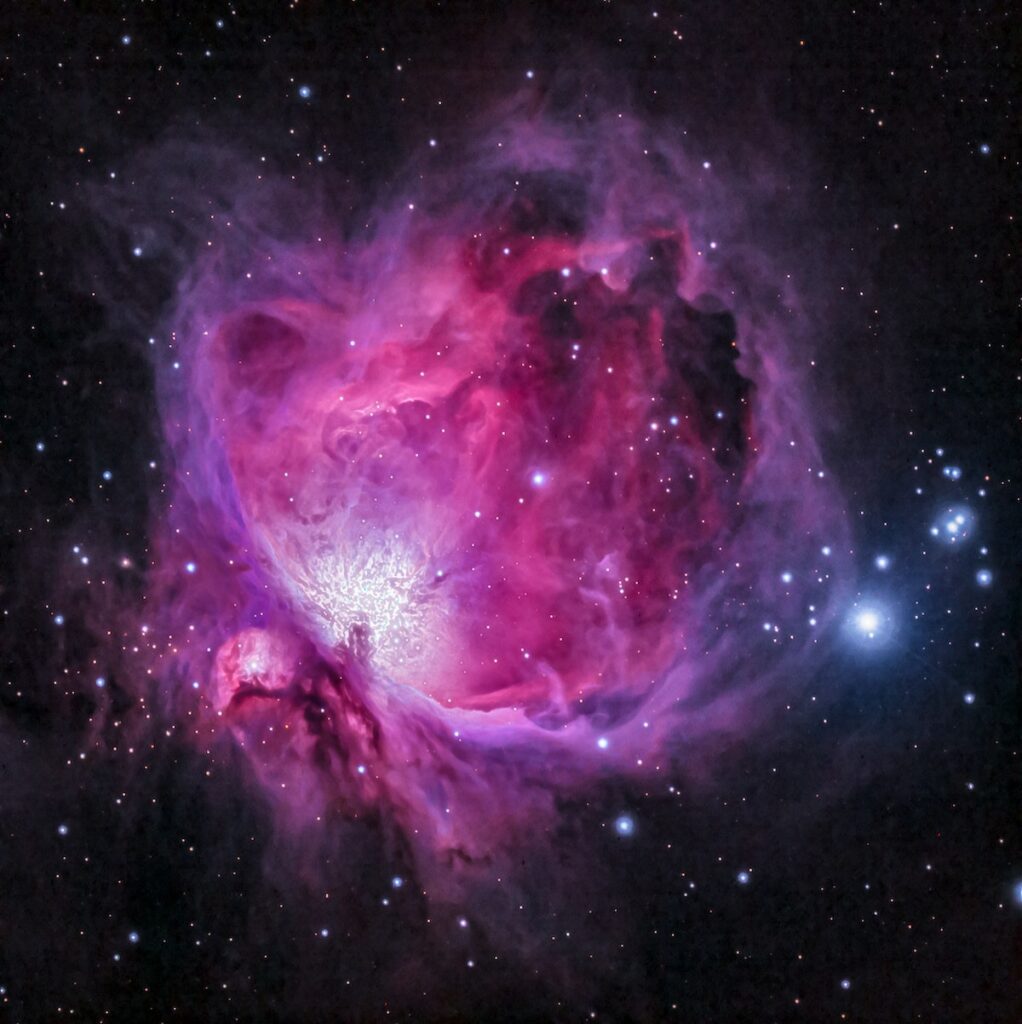
In Ireland, stargazers can see several fascinating nebulae. The Orion Nebula, located in the constellation of Orion, is one of the most famous and visible nebulae from Ireland. It is a beautiful and colourful emission nebula that is located approximately 1,344 light-years away from Earth.
Another nebula that can be seen from Ireland is the Lagoon Nebula, which is located in the constellation Sagittarius. This emission nebula is one of the largest and brightest nebulae in the sky, and it is easily visible through a small telescope.
The Trifid Nebula, located in the constellation Sagittarius, is another interesting nebula that can be seen from Ireland. This unique nebula is a combination of an emission nebula, a reflection nebula, and a dark nebula, making it a true celestial wonder.
For those who are interested in observing nebulae from Ireland, the best time to do so is during the winter months when the sky is clearer and the stars are brighter. A small telescope or binoculars can provide an excellent view of these celestial wonders, and for those who are interested in photography, a camera with a long exposure time can capture the beauty of these nebulae in stunning detail.
What is a nebula
A nebula is a cloud of dust, gas, and plasma that can be found in interstellar space. Nebula is a term that comes from the Latin word “nebula,” meaning “cloud.” There are many different types of nebula, including emission nebula, reflection nebula, and dark nebula. Emission nebula glows due to the emission of light from excited hydrogen atoms, while reflection nebula reflects light from nearby stars. Dark nebula, as the name suggests, is a cloud of dust and gas that obscures light from background stars. Nebula is a fascinating aspect of astronomy and is a true celestial wonder to behold.
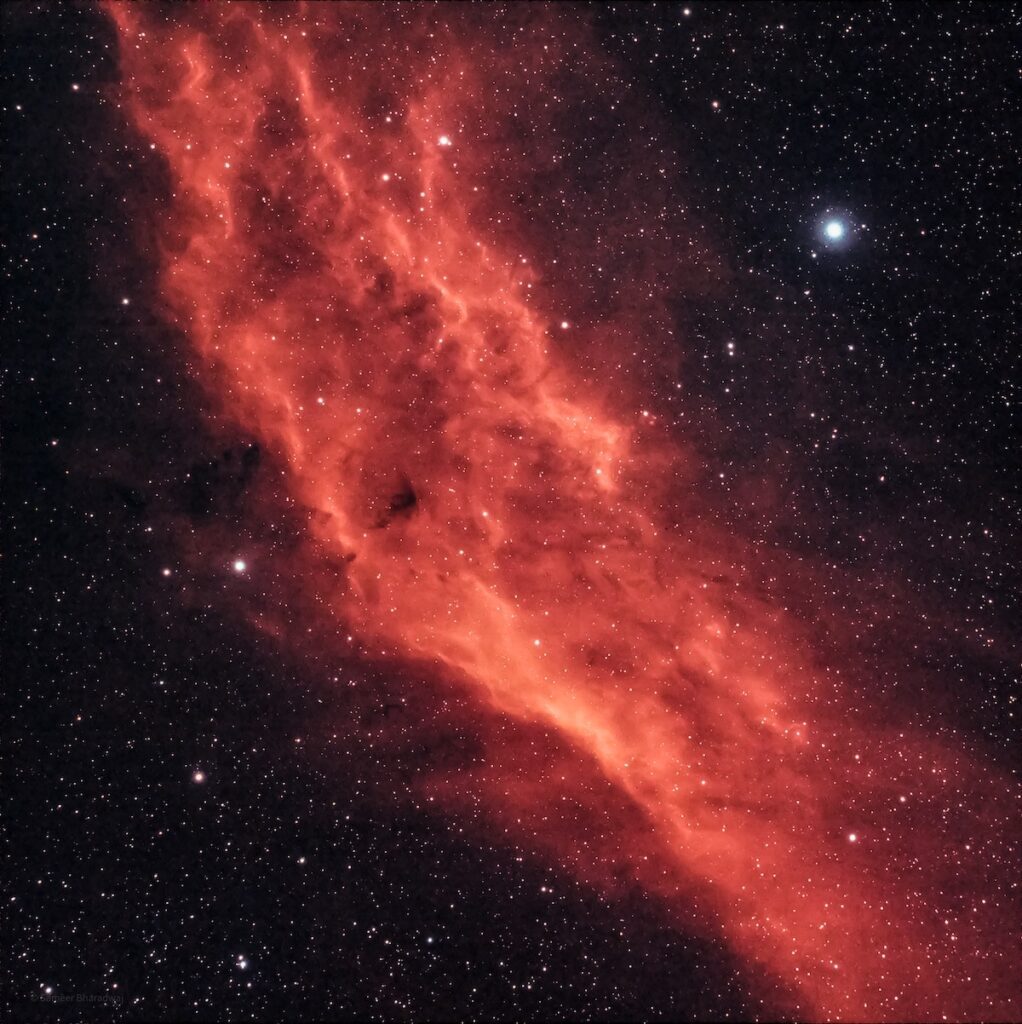
Emission nebula
An emission nebula is a type of nebula that glows due to the emission of light from excited hydrogen atoms. This type of nebula is usually red in colour and is often associated with the birth and formation of stars. The light emitted by an emission nebula is produced by the process of ionisation, where electrons are stripped from hydrogen atoms and then recombine with the ions. This process releases energy in the form of light, which makes the nebula visible from Earth. Emission nebulae are often located near young, hot stars and are thought to be the birthplace of stars and planetary systems. They are one of the most common types of nebula and are a beautiful and colourful aspect of astronomy.
Reflection nebula
A reflection nebula is a type of nebula that reflects light from nearby stars. This type of nebula is usually blue in colour and is made up of dust particles that scatter light in all directions. Unlike emission nebulae, which emit their own light, reflection nebulae do not have any intrinsic luminosity. Instead, they reflect the light of nearby stars, making them visible from Earth. Reflection nebulae are often found near young, hot stars and are thought to be associated with star formation and the birth of planetary systems. They are typically less bright than emission nebulae, but their blue colour makes them a beautiful and interesting aspect of astronomy to observe.
Dark nebulae
A dark nebula is a type of nebula that is made up of dust and gas that obscures light from background stars. Unlike emission nebulae and reflection nebulae, dark nebulae do not emit or reflect light, which makes them difficult to observe with the naked eye. They appear as dark, shadowy areas in the sky, and their presence can be detected by the absence of stars in those regions. Dark nebulae are thought to be important sites of star formation, as they provide the raw materials necessary for the formation of stars and planetary systems. They play a crucial role in the evolution of the galaxy, and their study helps us understand the process of star formation and the structure of the universe.
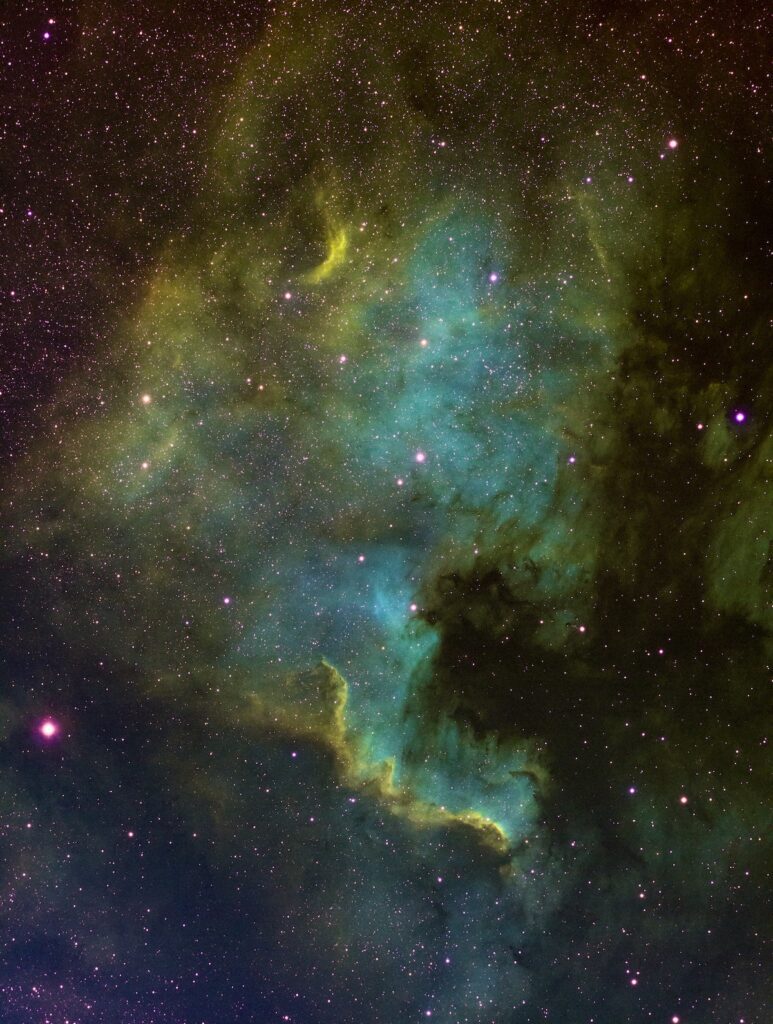
Top 10 best known nebulae
- Orion Nebula (M42) – a bright and colourful emission nebula located in the constellation of Orion.
- Lagoon Nebula (M8) – a large and bright emission nebula located in the constellation of Sagittarius.
- Crab Nebula (M1) – a supernova remnant located in the constellation of Taurus.
- Horsehead Nebula – a dark nebula located in the constellation of Orion.
- Trifid Nebula (M20) – a unique nebula that is a combination of an emission nebula, a reflection nebula, and a dark nebula.
- Eagle Nebula (M16) – a beautiful emission nebula located in the constellation of Serpens.
- Rosette Nebula (NGC 2237) – a bright and colourful emission nebula located in the constellation of Monoceros.
- Dumbbell Nebula (M27) – a planetary nebula located in the constellation of Vulpecula.
- Helix Nebula (NGC 7293) – a large and bright planetary nebula located in the constellation of Aquarius.
- Veil Nebula (NGC 6960) – a supernova remnant located in the constellation of Cygnus.
These are just some of the best-known nebulae in the sky, and there are many others that are just as beautiful and fascinating to observe. Whether you’re a seasoned astronomer or just starting out, these nebulae offer a glimpse into the beauty and mystery of the universe.
What causes the colours in a nebula
The colours in a nebula are caused by the emission of light from excited atoms and molecules within the nebula. The light is produced by the process of ionisation, where electrons are stripped from atoms and then recombine with the ions. This process releases energy in the form of light, which can be seen in different colours depending on the type of atom that is ionised.
For example, hydrogen atoms emit red light when they are ionised, while oxygen atoms emit green light. The combination of different colours from different elements creates the beautiful and colourful appearance of nebulae. The exact colour of a nebula can also be affected by other factors, such as the temperature and density of the gas and dust in the nebula, and the presence of other elements such as carbon and nitrogen.
In addition to ionisation, the light from nebulae can also be influenced by other processes, such as scattering of light by dust particles, absorption of light by gas and dust, and reflection of light by nearby stars. These processes can all contribute to the unique and fascinating appearance of nebulae, making them a truly beautiful and mysterious aspect of astronomy.
